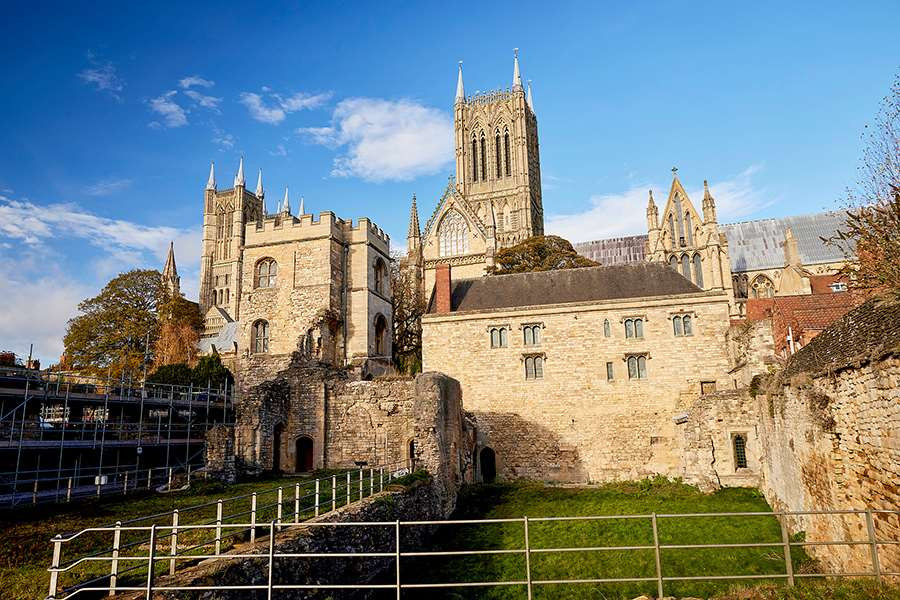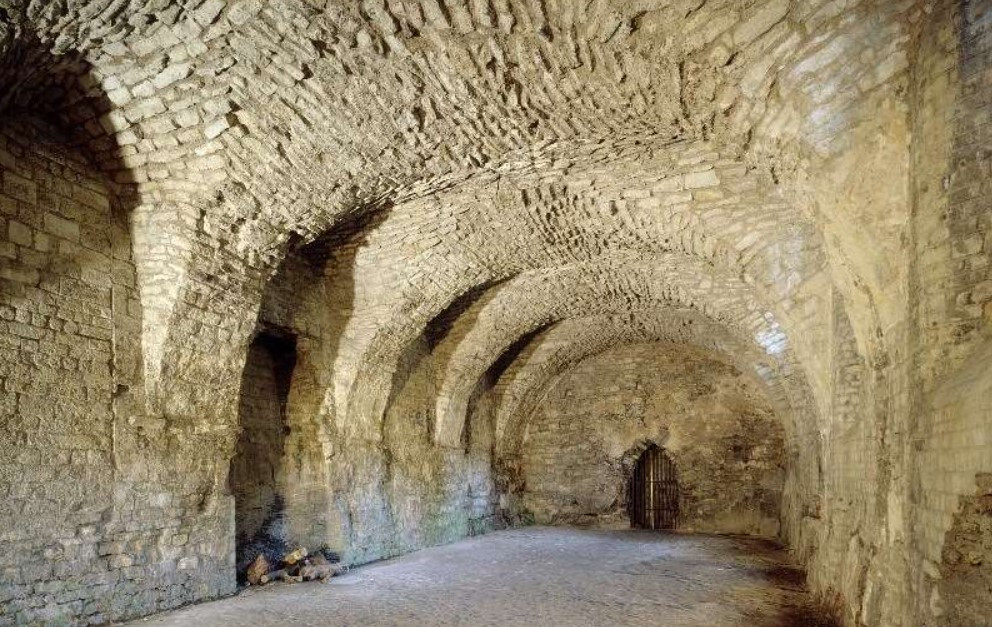Lincoln Medieval Bishops’ Palace is now reopen to the public after extensive conservation work!
English Heritage has announced the successful conservation of Lincoln Medieval Bishops’ Palace!
The preservation project utilised cutting-edge techniques and aims to protect the delicate limestone walls and ensure the survival of this medieval gem.
'Soft capping’ the wall-heads is just one of a range of conservation techniques employed by the charity to halt the decline of the building’s historic stonework at the former home of the Bishops’ of Lincoln, the centre of power for the largest diocese in medieval England for nearly five hundred years.
From a laser scan of the buildings – ruined and exposed to the elements since the Civil War - the most appropriate method of repair for each area of the palace was planned using computer modelling software. A team of specialist stonemasons then removed damaging vegetation from the ruins, repairing the masonry with traditional lime-based mortar and local Lincoln limestone and capping the wall-heads. This involved ‘soft capping’ with soil and grass in some areas, as well as lead or stone slate capping, capping with new stone slabs and ‘rough racking’ – a process used to create a new wall-head in rubble masonry, so that water runs off it without pooling and causing water damage to the building. In the undercroft of the historic palace kitchen, a medieval arch was found to be unstable, requiring complete reonstruction.
This innovative approach is one of many strategies employed by English Heritage to halt the deterioration of the palace's stonework.
Jeremy Ashbee Head Properties Curator, at English Heritage commented: “This conservation project will ensure the protection of the remains of the building and safeguard some of its unique decorative treasures - including the arches and marble columns in the west porch. Lincoln Medieval Bishops’ Palace was once one of the most important buildings in England, and in its day, just as magnificent as the lovely cathedral in whose shadow it stands. That’s the reason why conservation here is so important, because the fragments of what survive are witness to a long and illustrious history.”


Images by English Heritage
Did you know…
The historic palace of the Bishops’ of Lincoln was occupied between the 12th and 17th centuries. Terraced into a steep hill, the principal remains of the property are two north-south ranges, the open hall of Bishop Hugh of Avalon (St Hugh) and the remains of a two storey building attributed to Bishop de Chesney (thought to be a chamber block) the under-croft of a very large kitchen at the south end of St Hugh’s hall, and buildings on the north side of the 14th and 15th centuries.
For over 350 years, the palace has been a ruin since it suffered damage in the Civil War in the 1640s.
Lincoln Bishops’ Medieval Palace reopens to the public on Friday, 2 June 2023 and will be open on Fridays, Saturdays and Sundays throughout the summer.
Everyone is encouraged to visit the Bishops’ Palace and learn all about this architectural masterpiece.











